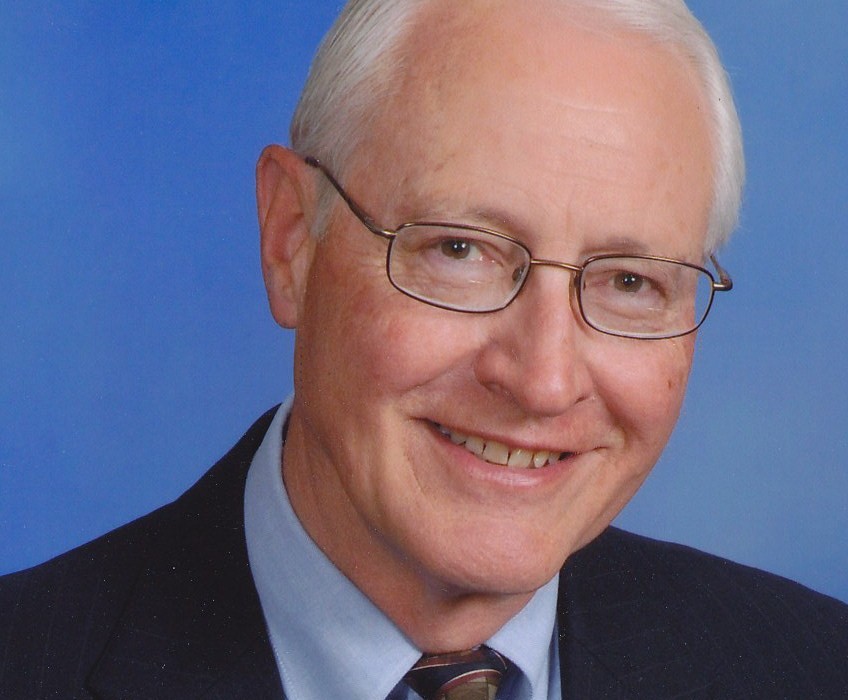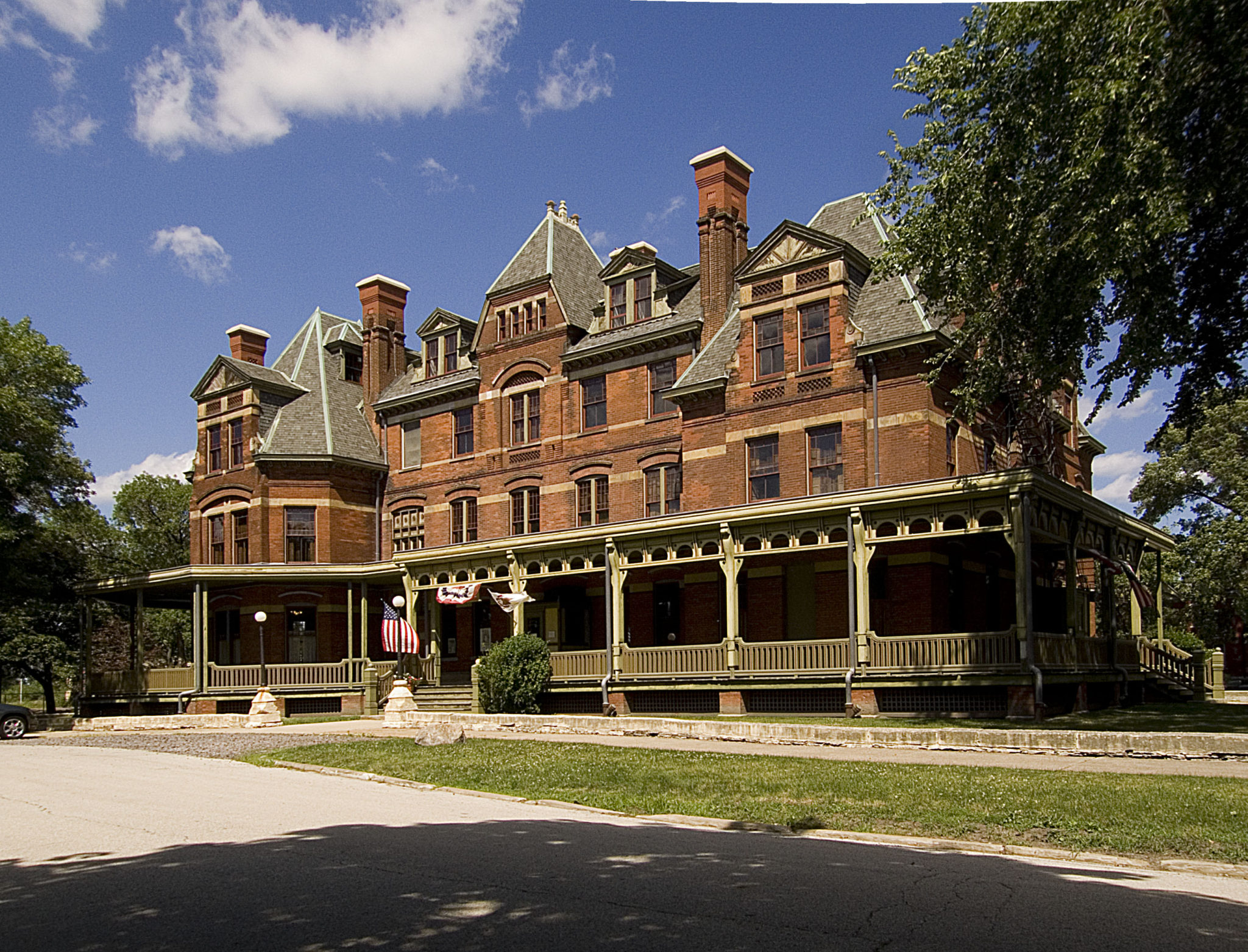This month’s REVITALIZATION guest writer is N. J. “Pete” Pointer. Pete is an architect, planner, and life member of the Institute of Transportation Engineers. He has been elected to the College of Fellows of the American Institute of Certified Planners.
Linking Historic Preservation & Neighborhood Revitalization: Historic Pullman Case Study
by “Pete” Pointner FAICP, ALA, ITE (www.petepointner.com)
Historic Significance
Pullman is a community on the far south side of Chicago, Illinois. It was once slated for demolition as an “urban renewal” project. It is now a City, State and National Historic Landmark District. More recently, it became a National Monument.
The Pullman neighborhood is also a full scale model of the art of community building and a unique record of the economic, political, social and technological forces which forged an epoch now coming to an end.
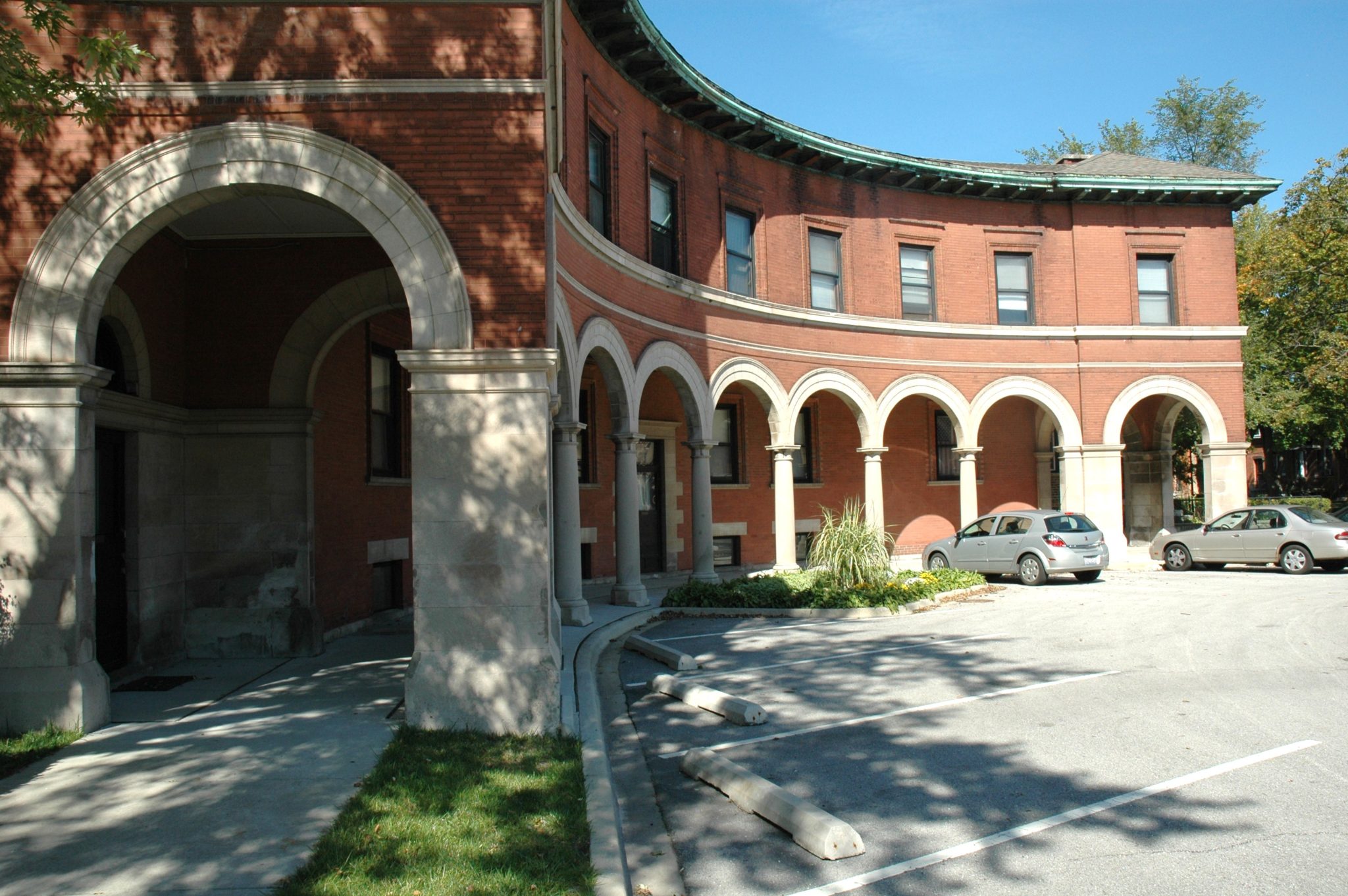 George M. Pullman, industrialist, hired architect Solon S. Beman and landscape architect Nathan F. Barrett to design a completely new company town which would include industry, parks, retail shops, recreational and cultural activities, a church, school, bank, health services, a variety of housing types and state of the art infrastructure.
George M. Pullman, industrialist, hired architect Solon S. Beman and landscape architect Nathan F. Barrett to design a completely new company town which would include industry, parks, retail shops, recreational and cultural activities, a church, school, bank, health services, a variety of housing types and state of the art infrastructure.
[Photo: Dave’s Market Square House, 2011]
The town began to take shape in 1880 on a 300-acre portion of a 4,000-acre site controlled by the Pullman Palace Car Company. By 1885, 1,400 dwelling units had been constructed, and following the construction of additional units in the early 1890’s the population reached 11,800.
The Pullman dwellings were predominantly row houses, and all of the Pullman structures were fashioned from brick produced from the clay found on the company site. Power for the entire town was furnished by the 700 ton Corliss engine which ran the 1876 Philadelphia Centennial Exposition. The town was both an economic and social experiment. Pullman believed that by providing a living environment, superior to that available to the working class in any other city, he could avoid strikes, attract the most skilled workers, and attain greater productivity due to the better health and spirit of his employees.
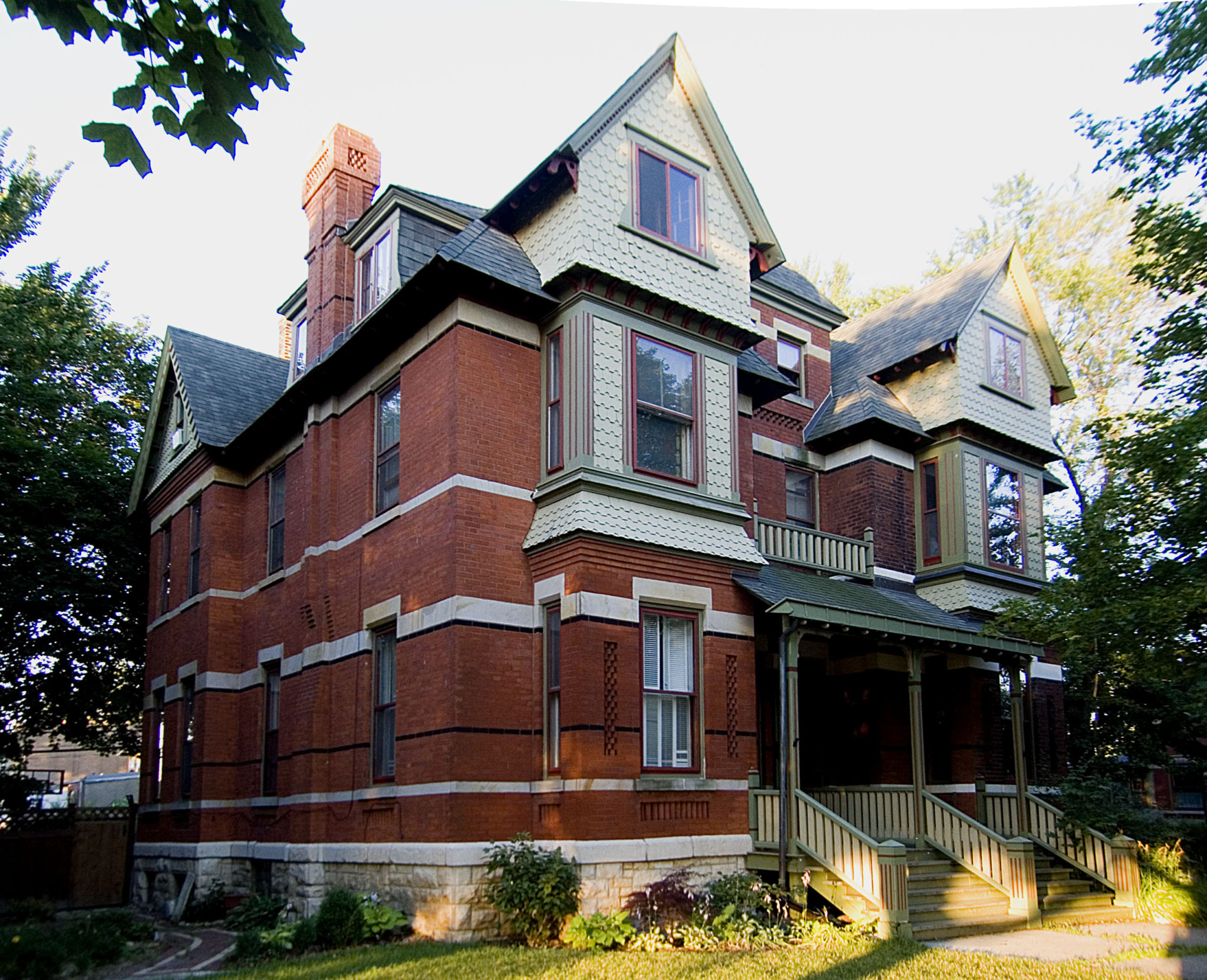 The standards of: structural strength, lighting, ventilation, convenience to a wide range of public facilities, unique architecture and handsome landscaping were dramatic departures from the cities of the times (1880-1884) and are seldom approached today.
The standards of: structural strength, lighting, ventilation, convenience to a wide range of public facilities, unique architecture and handsome landscaping were dramatic departures from the cities of the times (1880-1884) and are seldom approached today.
These factors plus the high quality of public utilities account for Pullman being voted “the most perfect town in the world” at the Prague International Hygienic and Pharmaceutical Exposition in 1896.
[Photo: Example of a Pullman Company manager’s home. (2008)]
Origin of the Preservation Committee
Pullman was annexed to the City of Chicago in 1899. The Pullman Company was forced to relinquish corporate ownership of all dwellings and amenities by the Illinois Supreme Court following a famous labor strike in 1894.
Nearly seventy years later, the Basic Policy Plan of Chicago indicated that Pullman would be cleared, with “urban renewal” funds, for development of an industrial park. Irate residents organized in opposition and formed the Pullman Civic Organization.
One long time resident, John Ertsman, saw an important link between community survival and historic preservation. Other persons soon recognized the importance of this linkage and in 1968 the president of the civic organization formed a preservation committee named after the architect of the town, Solon S. Beman. The Beman committee represented every aspect of the community including a steward in the Teamsters, a film developer for Kodak, a commercial artist, an elegant grandmother, two architect-planners, a mother with 5 kids who ran a restaurant in the community, and two men who worked in local businesses.
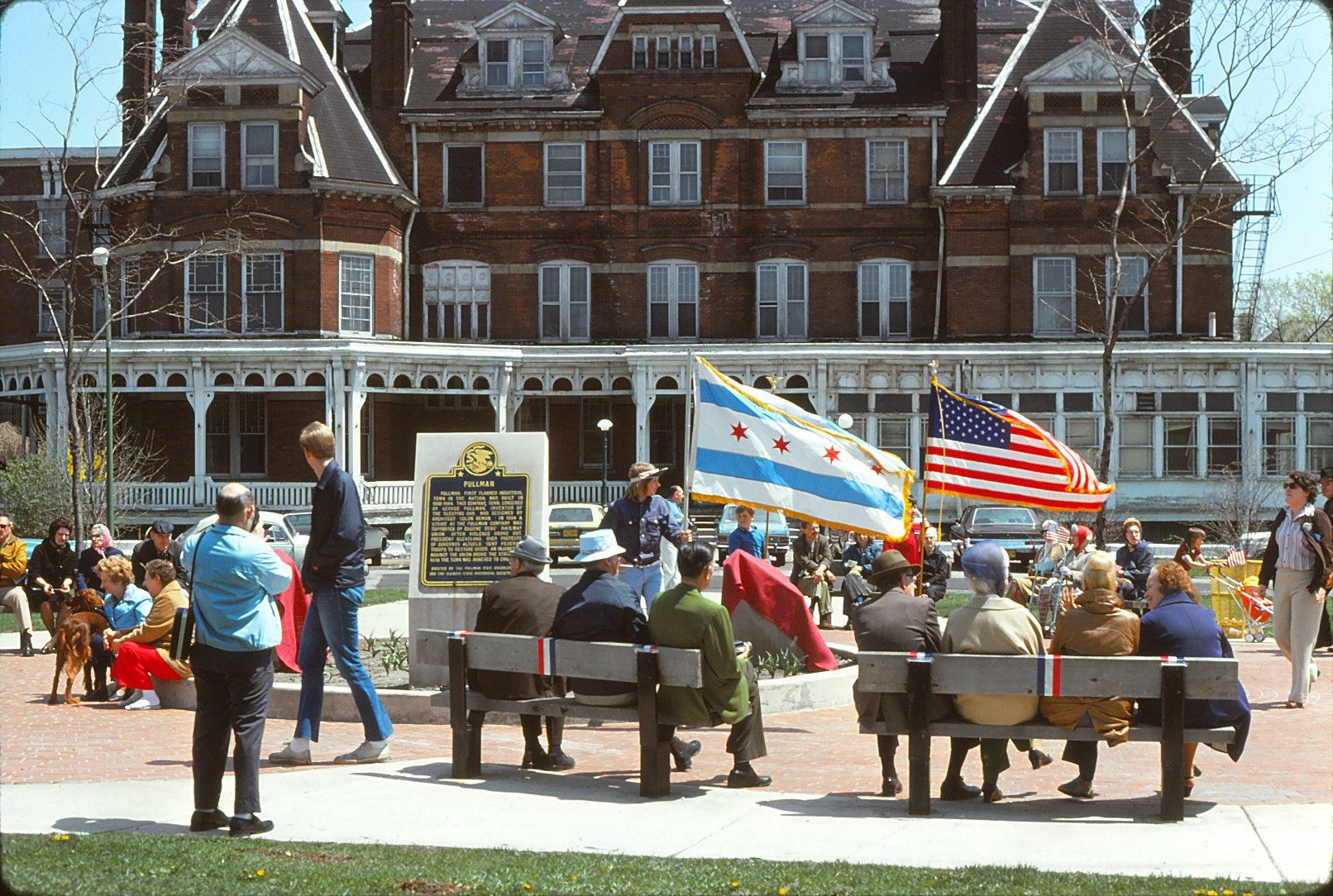 Between 1968 and 1972, the preservation program developed and implemented by the Beman Committee produced the following results: Pullman achieved official landmark designation from City, State and Federal agencies; parkways were replanted and more than $80,000 worth of improvements were completed in Pullman Park; an extensive archives was established with a $7,500 grant from the Illinois Arts Council; approximately 20 percent of the historic dwelling units experienced some form of remodeling in keeping with the original architecture; allowable mortgage payment periods were extended by about six years; a $90,000 remodeling program for the historic Pullman church was completed; a local restaurant changed its interior decor and name to reflect the historic nature of Pullman; two local industries constructed new facilities which, although not directly reflective of the architectural character of the town, demonstrated a confidence in Pullman’s future; new residents moved in to Pullman, as buyers and renters, people who were interested in community values as well as property values, many of whom were second- and third-generation Pullmanites.
Between 1968 and 1972, the preservation program developed and implemented by the Beman Committee produced the following results: Pullman achieved official landmark designation from City, State and Federal agencies; parkways were replanted and more than $80,000 worth of improvements were completed in Pullman Park; an extensive archives was established with a $7,500 grant from the Illinois Arts Council; approximately 20 percent of the historic dwelling units experienced some form of remodeling in keeping with the original architecture; allowable mortgage payment periods were extended by about six years; a $90,000 remodeling program for the historic Pullman church was completed; a local restaurant changed its interior decor and name to reflect the historic nature of Pullman; two local industries constructed new facilities which, although not directly reflective of the architectural character of the town, demonstrated a confidence in Pullman’s future; new residents moved in to Pullman, as buyers and renters, people who were interested in community values as well as property values, many of whom were second- and third-generation Pullmanites.
[Photo above: 1972 celebration of State Landmark designation.]
Approach and Program
As stated in Beman Committee literature, “The purpose of the program was to preserve the historic and residential character of Pullman so that it would satisfy today’s needs without destroying yesterday’s heritage or jeopardizing tomorrow’s future.”
More specifically, attention was focused on two objectives: enlist the support of property owners and residents to preserve the exterior face of historic dwellings through good maintenance and compatible remodeling; and to marshal the necessary resources to preserve and enhance the larger structures and spaces beyond the immediate control of the residents.
The approach was to structure a program with clearly stated positive goals, realistic incremental steps and maximum citizen participation. This approach is based on communication, honest, informed and regular. It took the form of slide presentations, publications, tours, exhibits, movies, neighborhood newsletters, community social events, media releases, guidelines for remodeling and maintenance, and countless meetings and letters. Primary emphasis was placed on communication within Pullman and with nearby civic and community organizations.
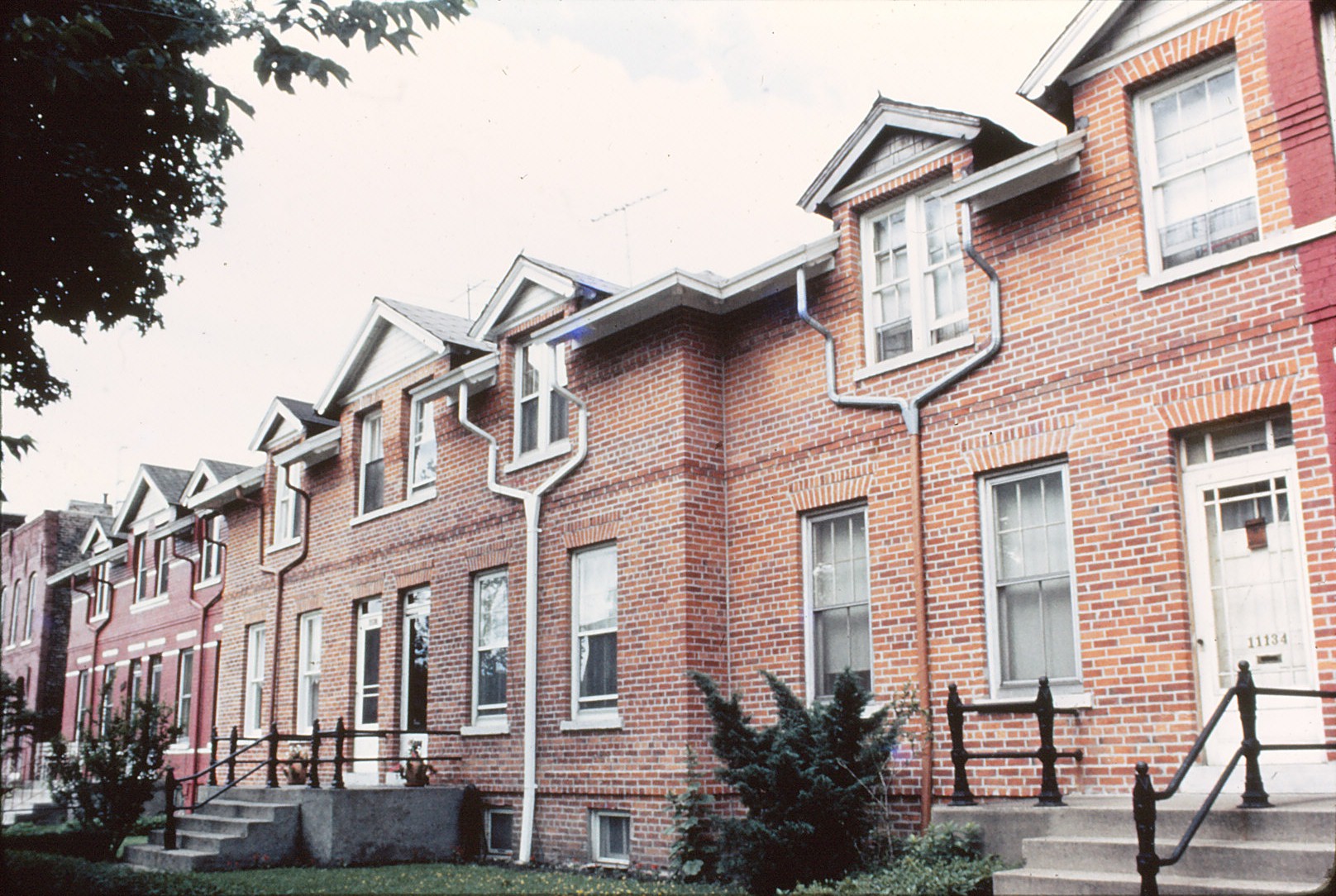 [Photo: Champlain Row Houses, c.1972]
[Photo: Champlain Row Houses, c.1972]
The key vehicle for communication within the neighborhood was the Pullman Civic Organization which represented approximately 80 percent of the owners of historic dwellings in the South Pullman Historic District. Also important, however, were communication links with other individuals and groups beyond the area who shared similar values. Additional coverage was gained through feature articles in Chicago’s major dailies and in nationally circulated books and magazines, touring exhibits and television shows.
[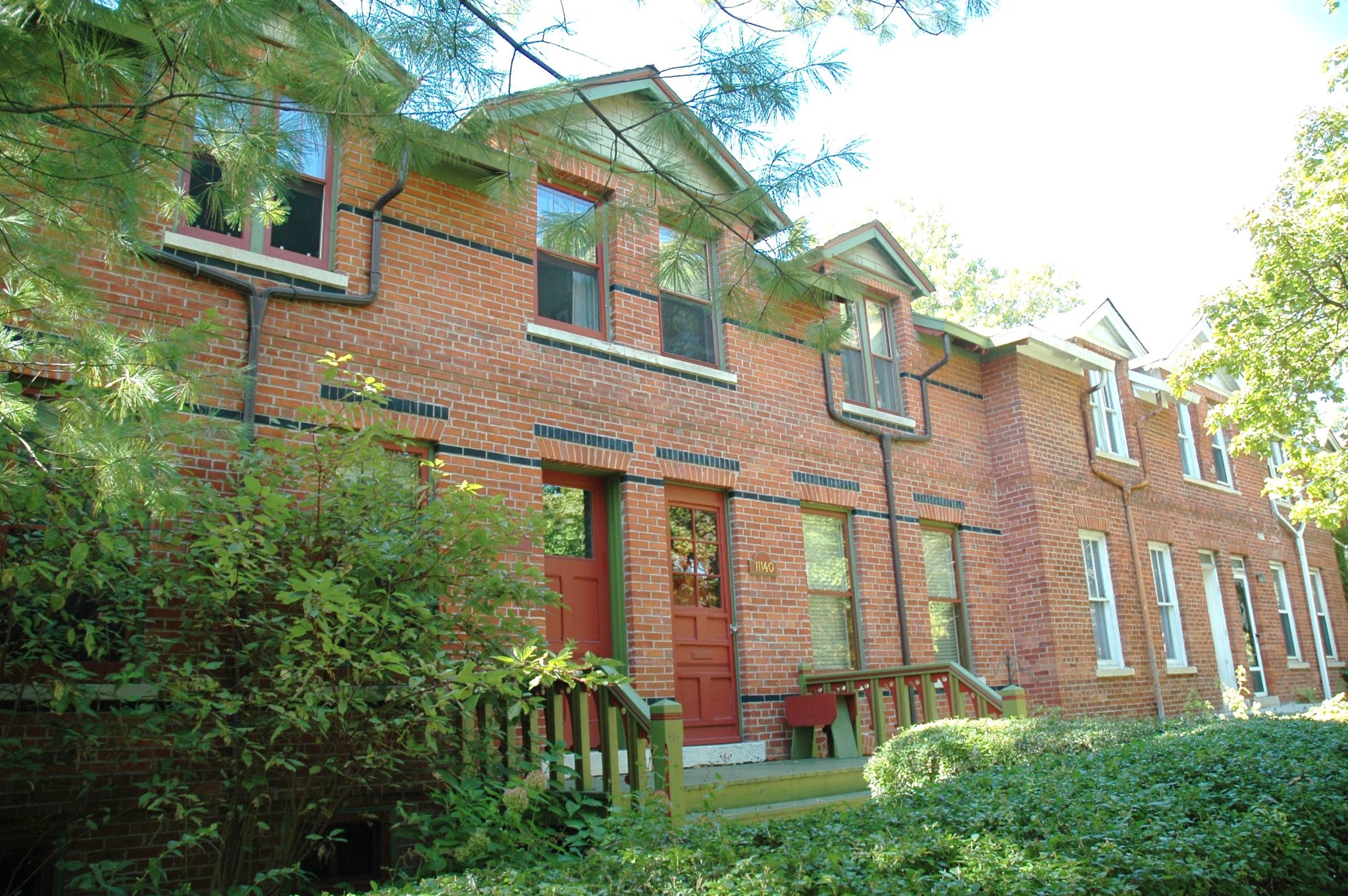 Photo: Renovated Champlain Row Houses, 2011]
Photo: Renovated Champlain Row Houses, 2011]
Update 1972 to 2015
The following revitalizing events have occurred in Pullman since 1972:
- A not for profit Historic Pullman Foundation was established in 1974 to pursue preservation of the public buildings beyond the resources of the local community;
- The state acquired many of the community buildings for development of a state historical museum of transportation and technology;
- The metropolitan sanitary district converted a landfill into an 18 hole golf course;
- The City of Chicago built a district Police headquarters on the edge of Pullman;
- A CDBG has been awarded to rehabilitate 40 residential properties in keeping with their historic character in north Pullman;
- The CTA is extending their Dan Ryan rapid transit line further south to provide a station within walking distance of Pullman;
- Mercy Housing Lakefront is rehabbing the Pullman Wheelworks, originally an adaptive reuse of vacant industrial buildings for 210 units of housing;
- The clock tower building has been rebuilt following a fire in 1998 at the cost of $10 million;
- The Market Square has received Streetscape and utilities upgrading at the cost $2.5 million;
- Construction has started on a new $8 million Chicago Family Health Center on 115th Street;
- Pullman Park is a 107 acre development with a Super WalMart as an anchor and involving $6.5 million in infrastructure improvements;
- Pullman continues to be the site for a variety of State sponsored events including art fairs, theater etc.;
- Pullman attracts tens of thousands of visitors a year with tours, exhibits and lectures;
- The House of Hope 10,000 seat assembly building was developed by the Salem Baptist Church;
- There are active Boys and Girls Clubs;
- National Park Service Director Jarvis visited the Pullman National Landmark District to consider it as a potential National Park Site;
- Pullman was named one of America’s 10 great neighborhoods in 2011 by the American Planning Association;
- The State of Illinois purchased the Hotel Florence building and the Administration and Factory Complex in 1991. They incorporated them into a state historic site through the Illinois Historic Preservation Agency. But a 1998 arson destroyed much of the latter building before it opened to visitors. It is now being reconstructed;
- On February 19, 2015, President Barack Obama designated Pullman as a National Monument. It thus became the first unit of the National Park Service in Chicago.
- The City of Chicago has initiated a renovation program for historic structures in the north end of Pullman;
- Walmart is building a new store immediately east of the district adjacent to the Dan Ryan expressway as a part of a mixed use project with several hundred apartments;
- A very high tech company from California is building a new plant with its own renewal energy and roof garden; and,
- Architectural drawings have been prepared to convert a large apartment into an artists live/work building.
In Conclusion:
How far have we advanced in the fields of city building, architecture, town planning and urban design during the last century? Pullman is instructive as an historical model and a living urban community. How have we advanced the application of democratic principles of public participation at the grass roots level? Pullman demonstrates the essentials of honest, informed, on-going and focused leadership in citizen participation to achieve significant improvements in local communities.
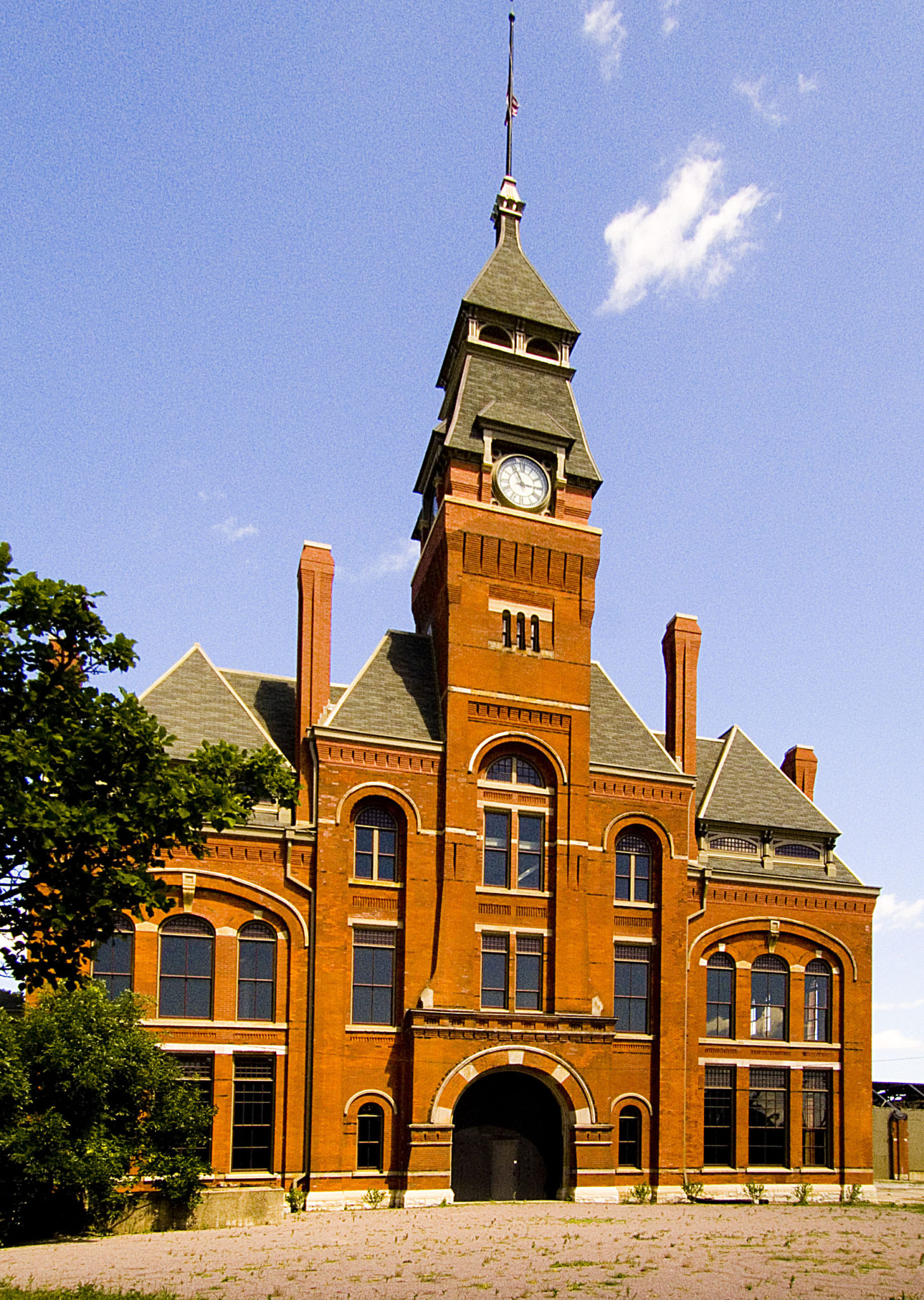
Administration Building & Clock Tower (2008)

